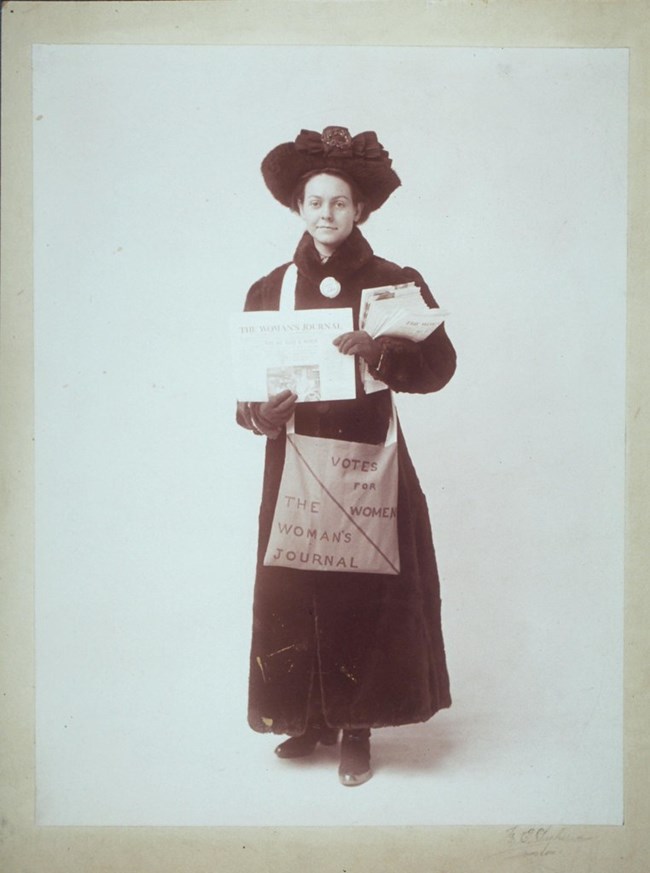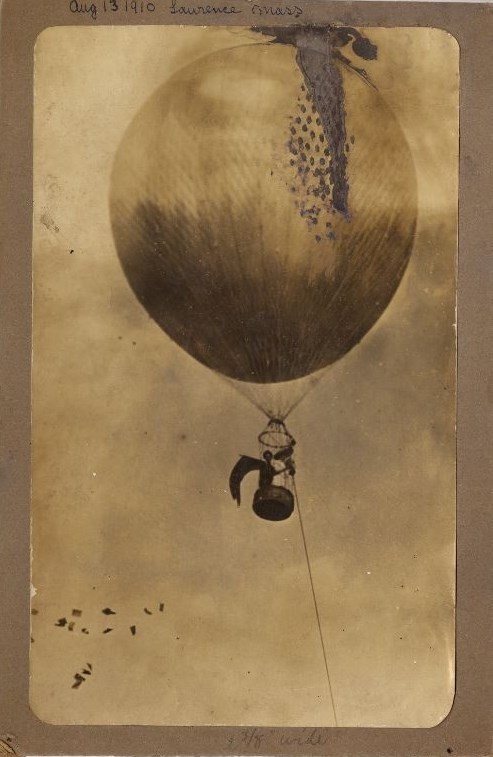
Schlesinger Library, Radcliffe Institute, Harvard University In the early 1900s, when Luscomb attended MIT for an architecture degree, English suffragists became increasingly militant and reinvigorated their country’s suffrage movement. American women followed their example, borrowing many of their tactics to reenter the fray for enfranchisement. No longer were quiet meetings and soft lectures held in parlors and halls – these suffragists took to the streets. Marching in parades, distributing handbills, speaking to large crowds on the street corners – this was a new suffrage movement. Luscomb herself even travelled to England, spending six weeks with fellow suffragist Margaret Foley in England learning how to campaign and drum up support. 
Schlesinger Library, Radcliffe Institute, Harvard University Throughout her career Luscomb paid special attention to working women in particular. She was specifically tasked with reaching out to communities of laundry workers (this is before the invention of the washing machine), and in each small town she visited Luscomb hosted talks and demonstrations outside of local mills at noon, when workers would be taking their lunch. Luscomb would return to the city of her birth a number of times throughout her career, usually related to the campaign for suffrage. In 1910 the Massachusetts Woman Suffrage Association hosted their annual convention in the city, and days prior Luscomb, Foley and other notable suffragists began arriving and demonstrating throughout the downtown area and in front of the mills. Luscomb returned again in 1919 about a month after the 19th Amendment was passed. In order to assure that Massachusetts would ratify the amendment, Luscomb came to Lowell and spoke to the Committee Chairman whose report could very much sway the Senate’s vote. |
Last updated: March 8, 2022
